KANDAHAR, Afghanistan - Technicians from Honeywell International invited coalition forces to a demonstration to help promote greater use of the RQ-16A T-Hawk unmanned aerial vehicle throughout the armed forces during a display of its capabilities at Kandahar Airfield Jan 14.
The T-Hawk is currently used for explosive ordnance disposal operations and route clearance, but has the capability to do night and day reconnaissance to provide commanders with critical information.
Todd Patterson, a field service engineer for Honeywell International, said he would like to see the use of the T-Hawk expanded to every branch of the armed forces. He hopes that a greater number of dismounted troops will have the ability to survey an area before putting themselves in harm's way.
The T-Hawk features two sensors: one forward and one downward facing camera. These cameras can be interchanged to provide both day and night surveillance.
Prabha Gopinath, campaign director for Honeywell International, said one advantage of the T-Hawk over other UAVs is its ability to hover.
"The T-Hawk can go from flying straight to hovering over a point of interest," said Gopinath. "You can stop and get low to the ground and examine every detail from every possible angle. The sun doesn't bother it, the dust doesn't bother it, you can make a very concise determination."
Managing to weigh less than 20 pounds total, the T-Hawk's engine can propel the UAV for almost an hour at more than 40 miles per hour.
"The big advantage of the T-Hawk over other aerial reconnaissance is that it's small enough and light enough that it can become organic to the unit," said Gopinath.
Gopinath said the light weight and visual components of the T-Hawk make it an ideal tool for ground commanders.
"Terrain is a weapon, so this is a tool for commanders to evaluate that terrain before committing his troops to potential danger," said Patterson.
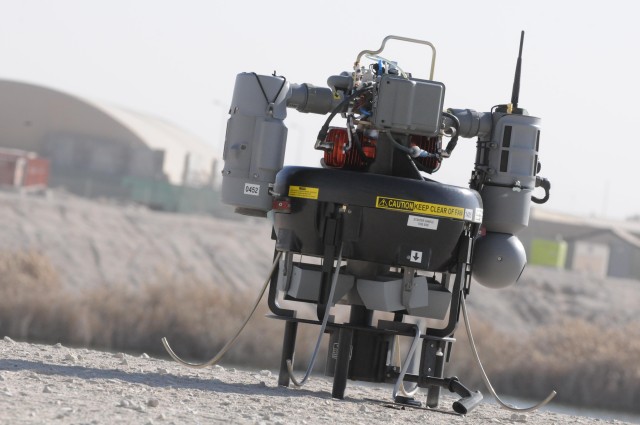
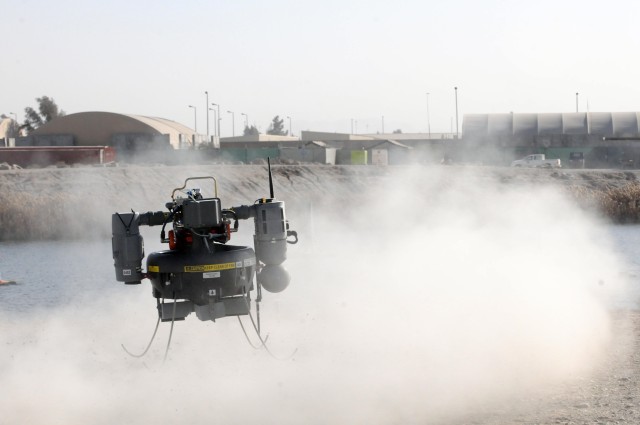
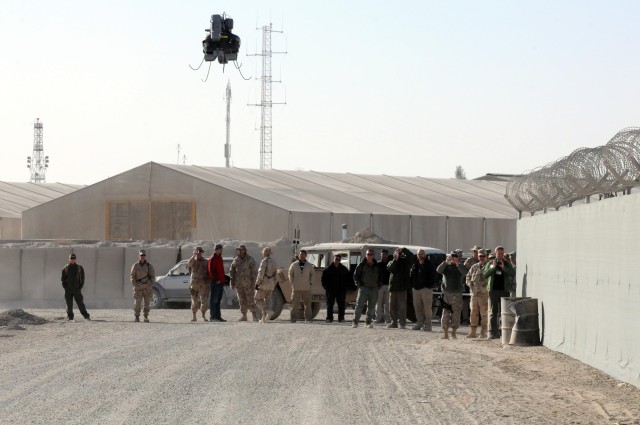
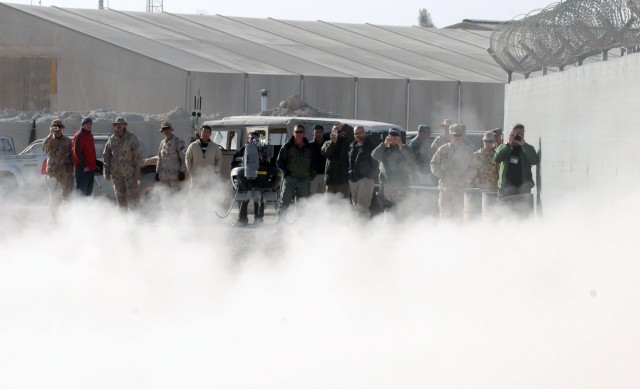
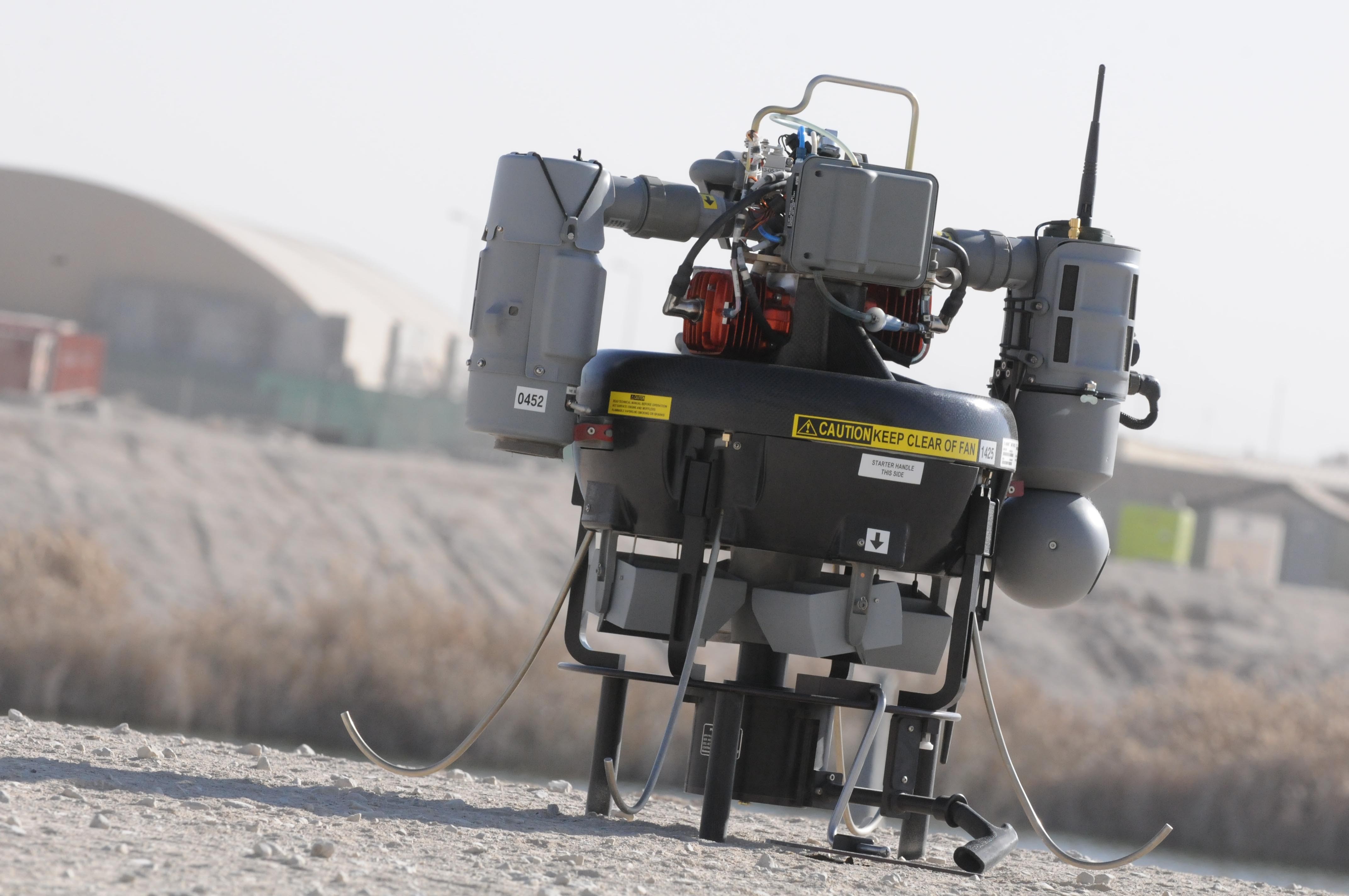
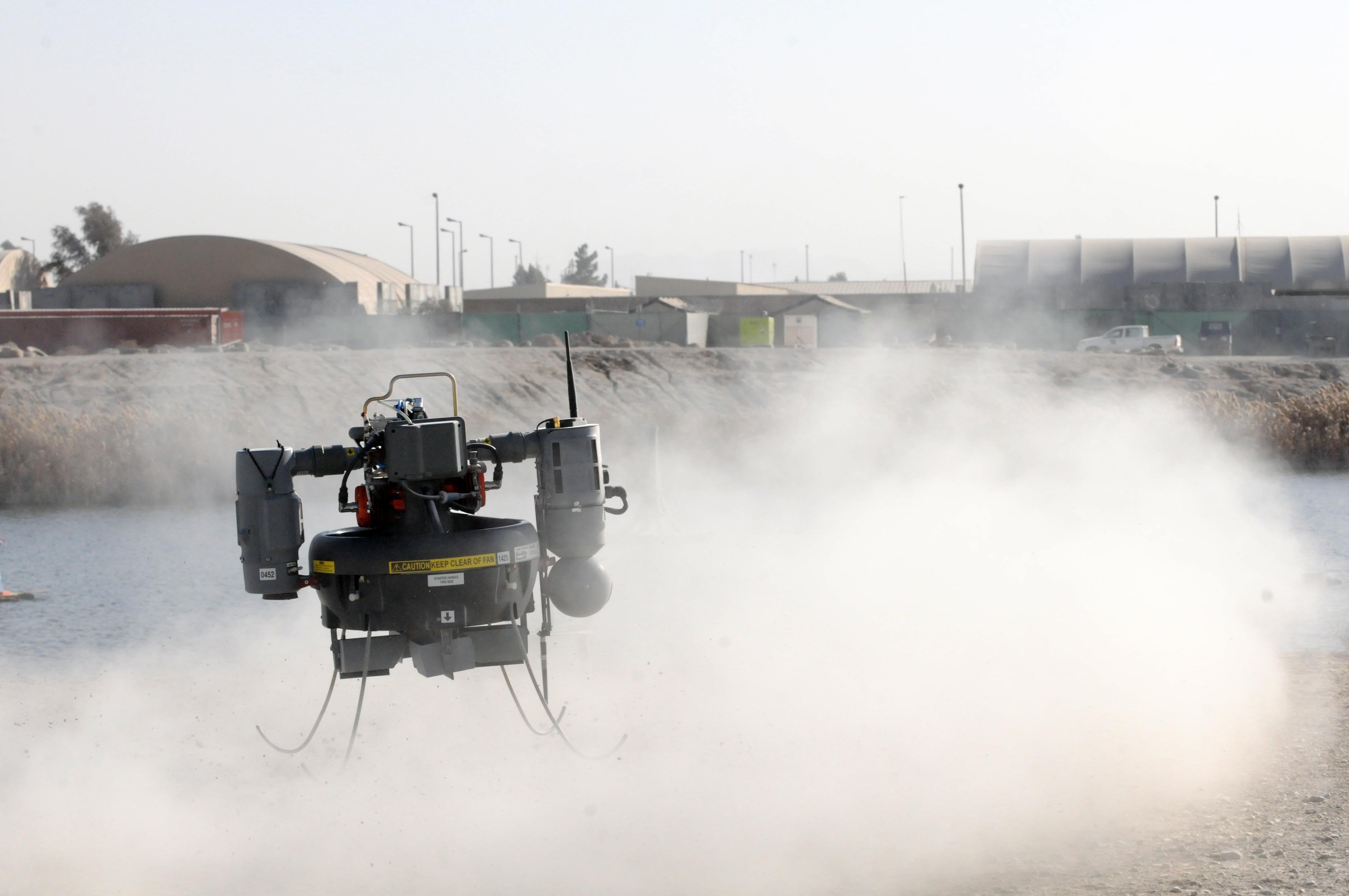
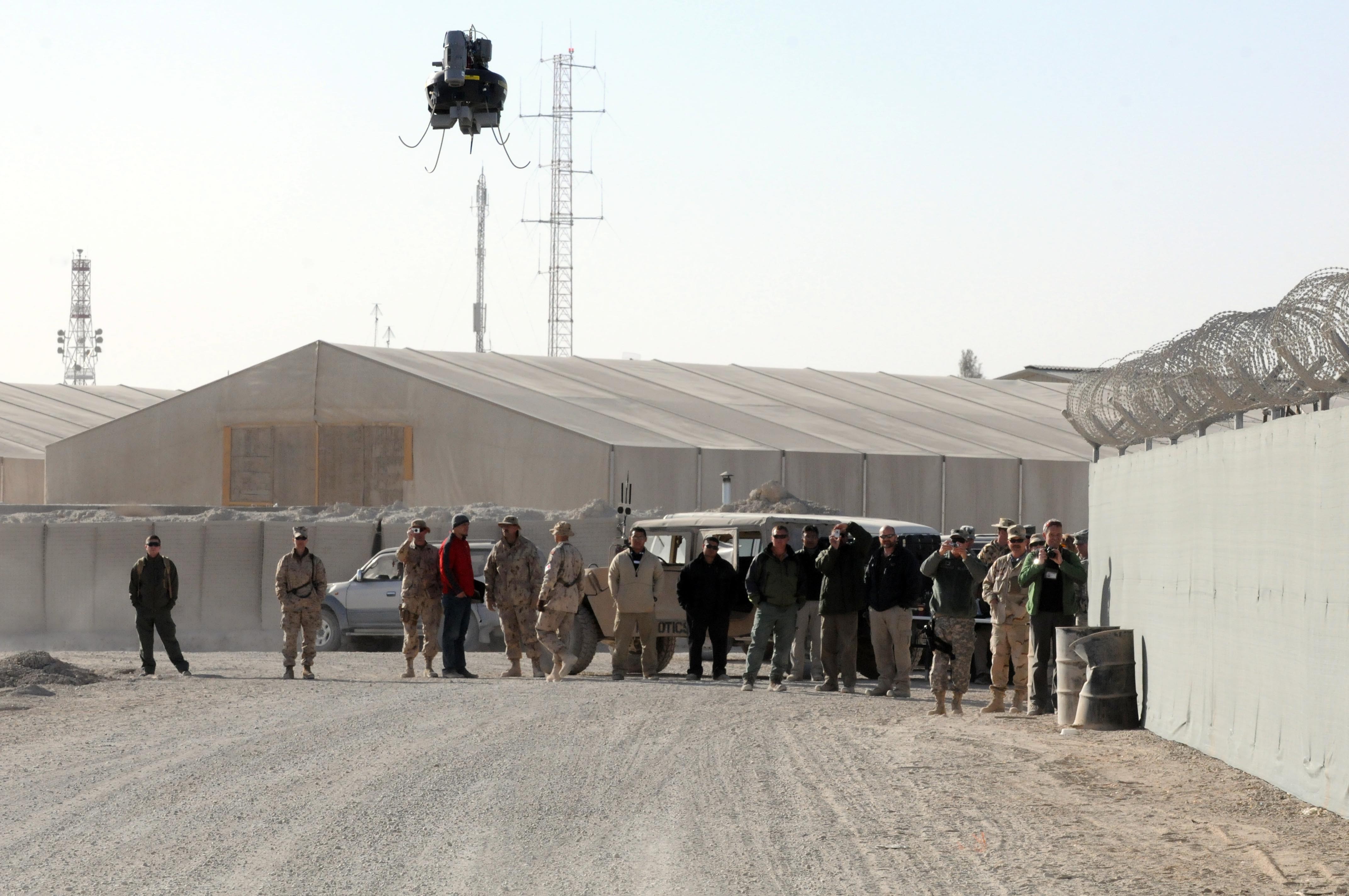
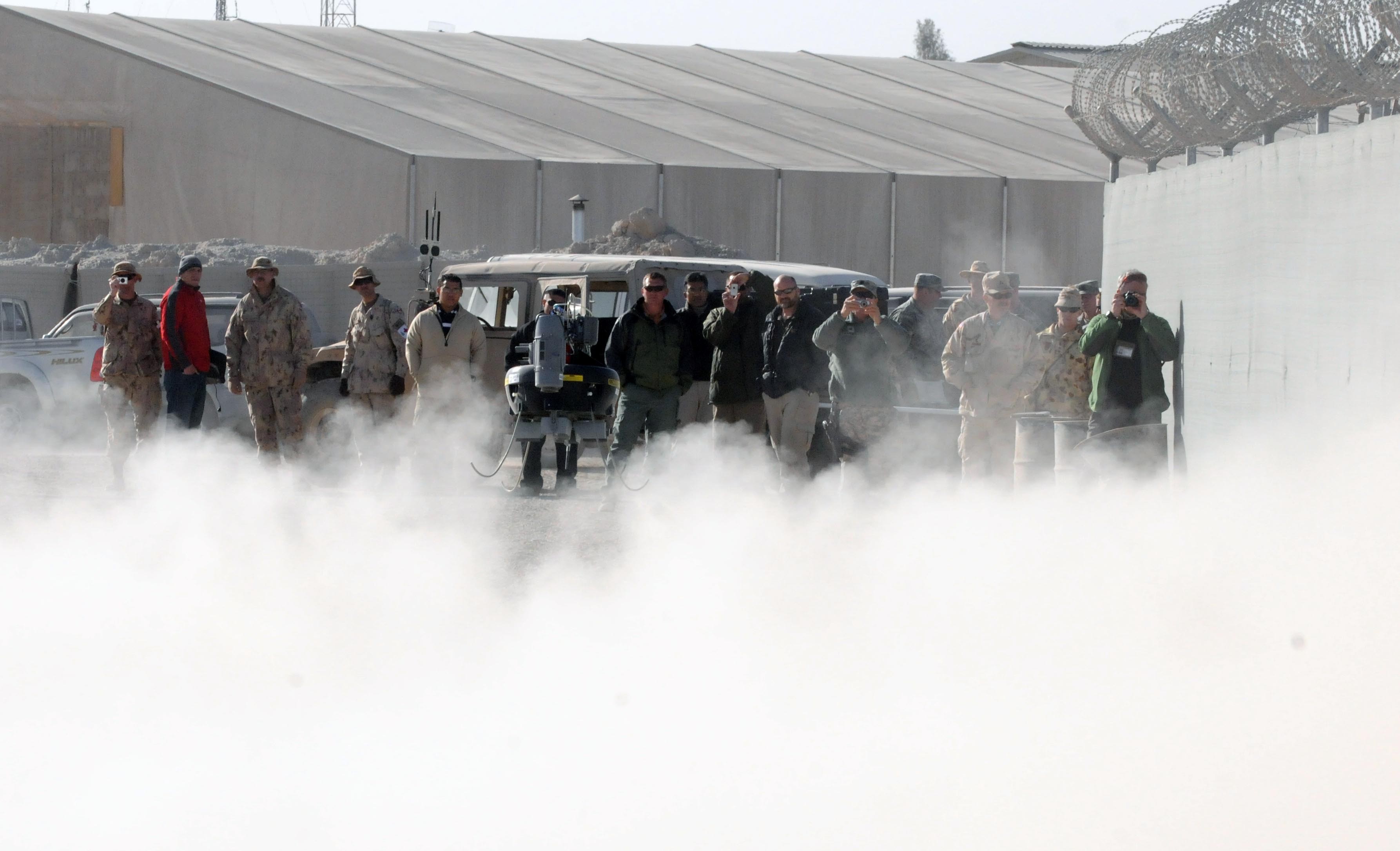
Social Sharing